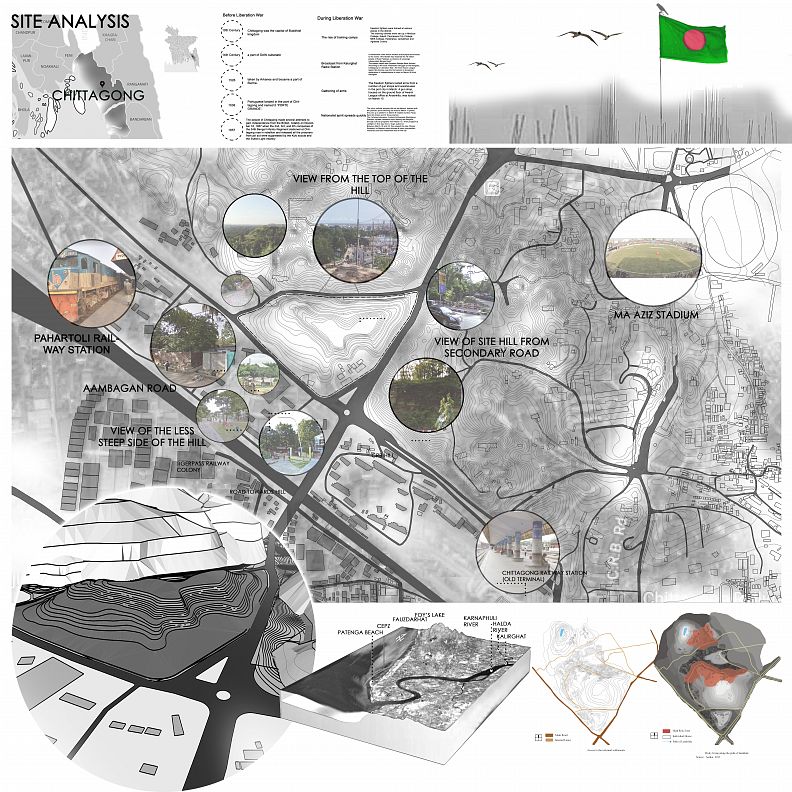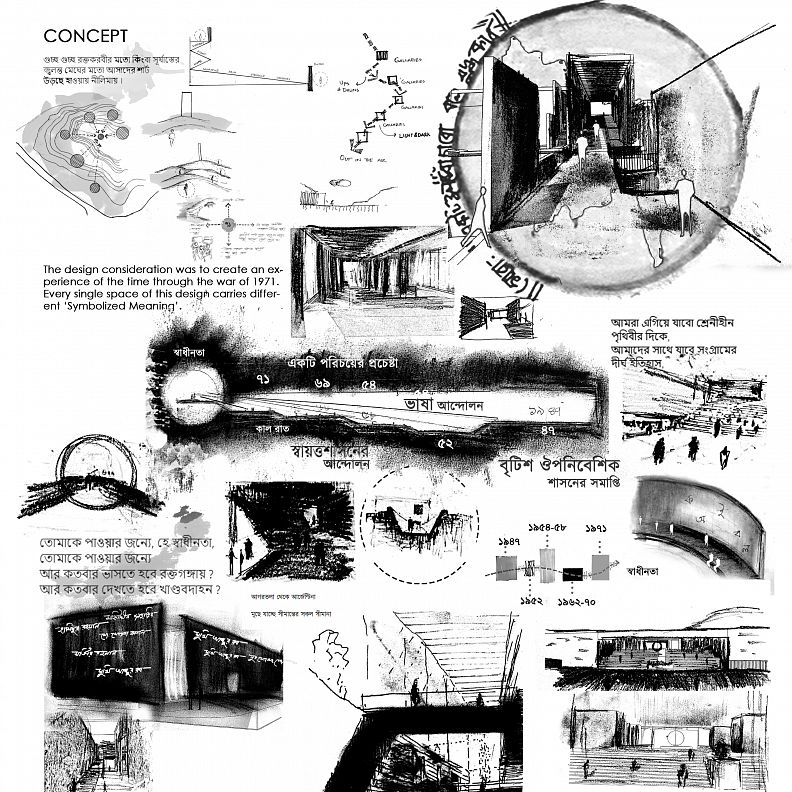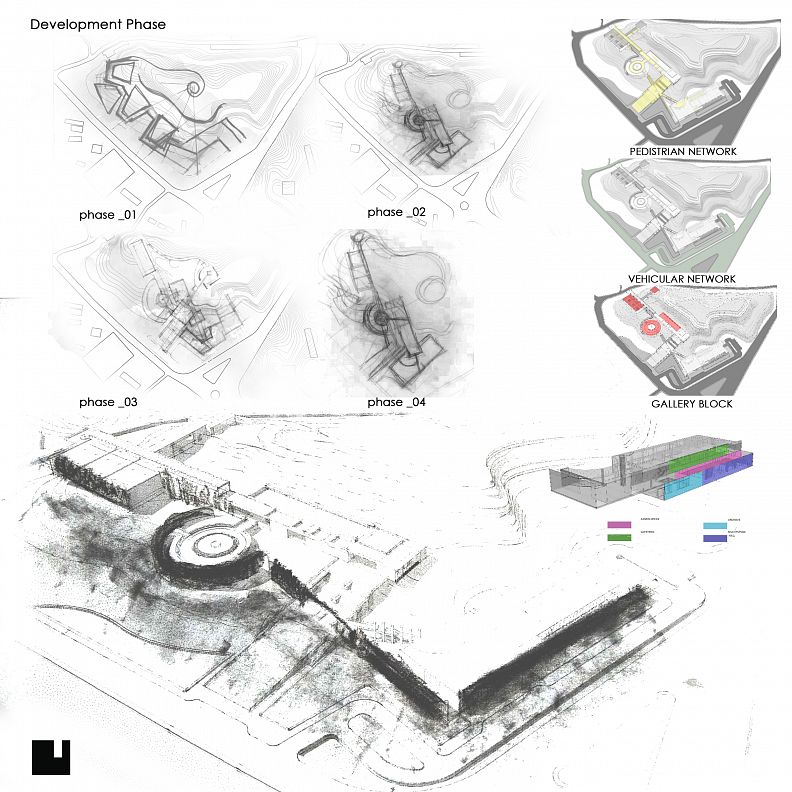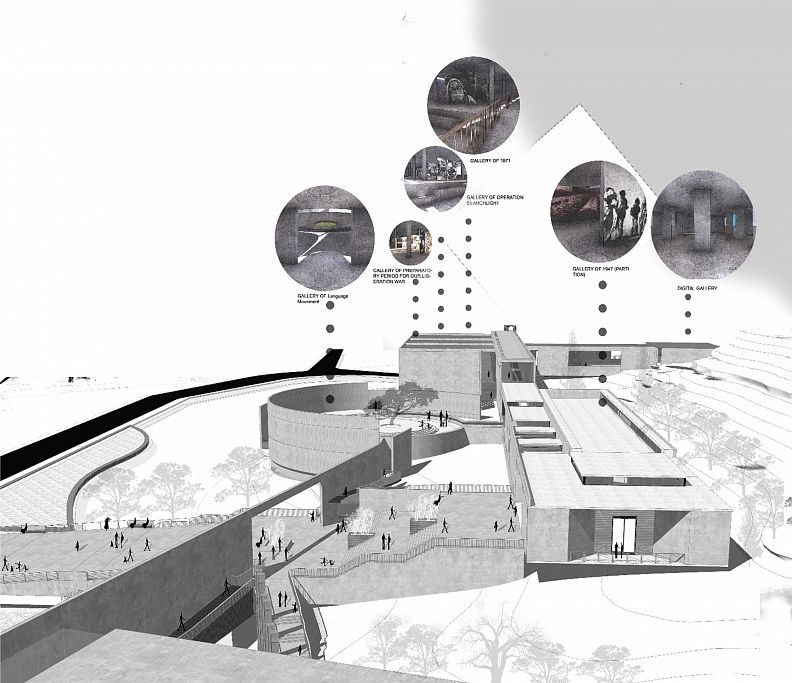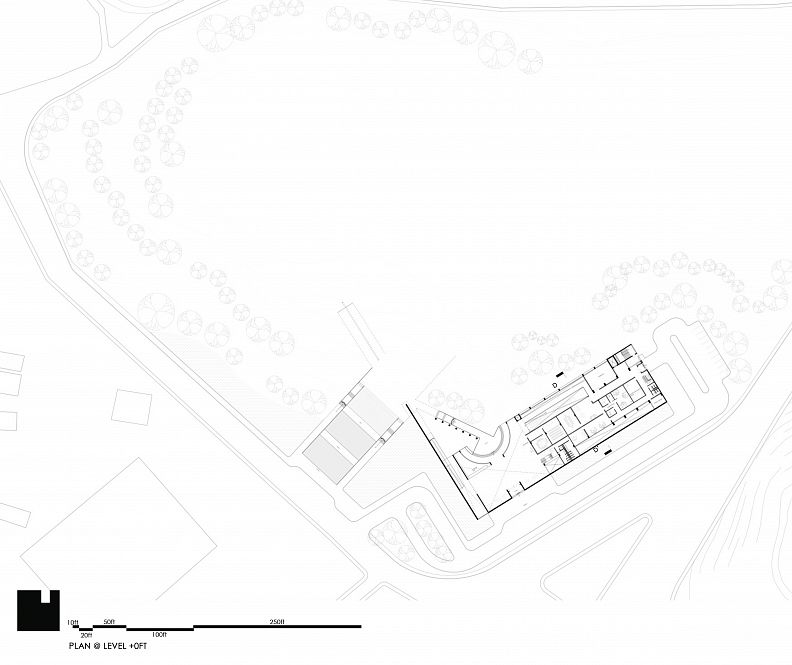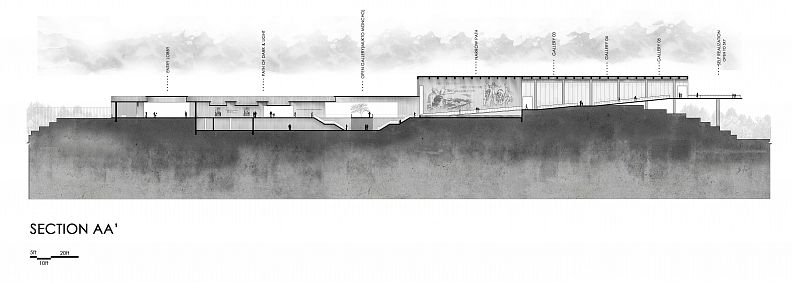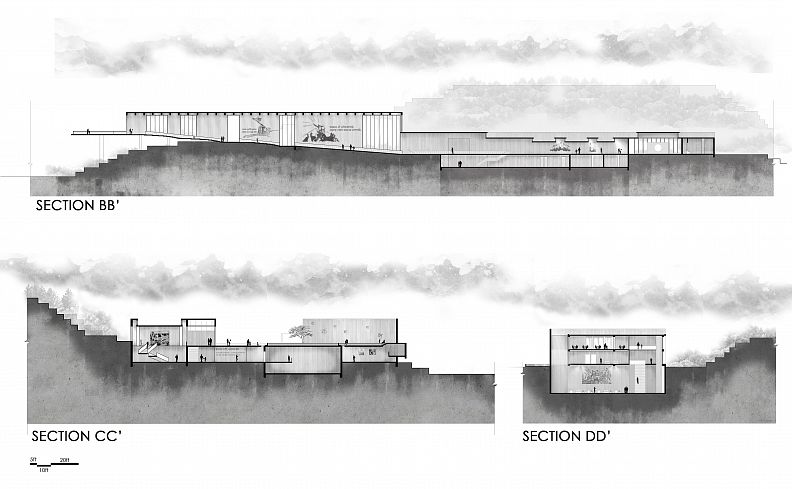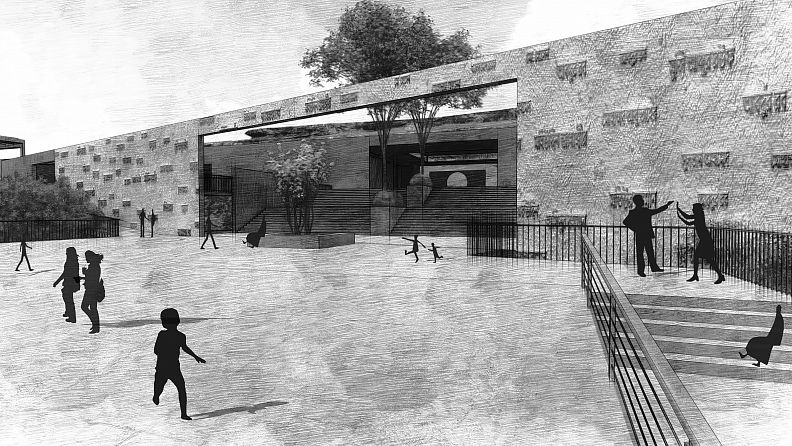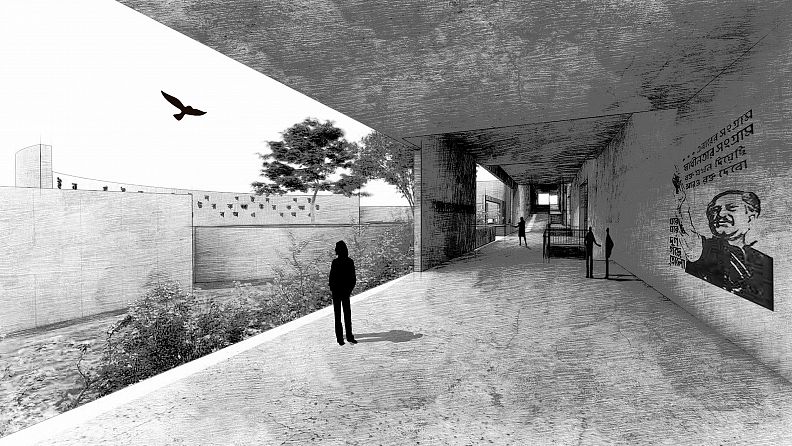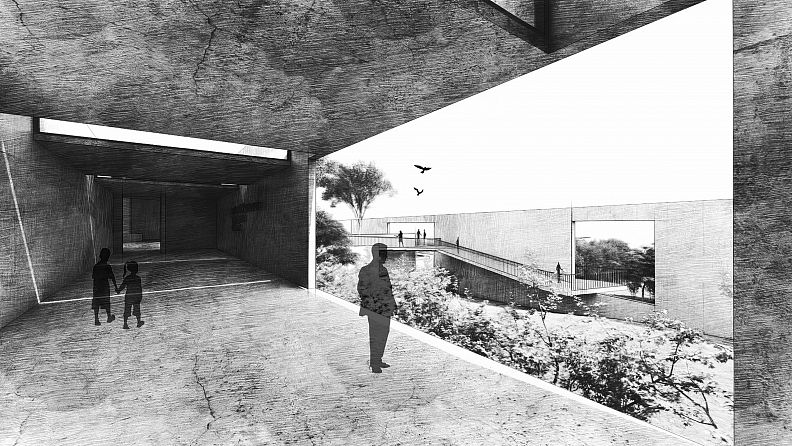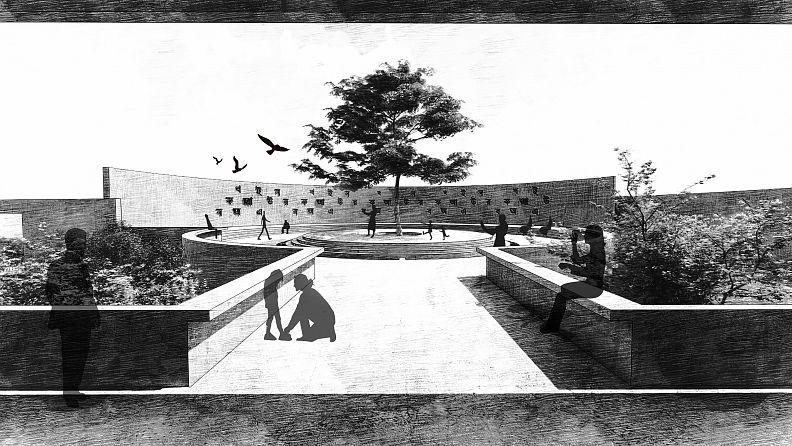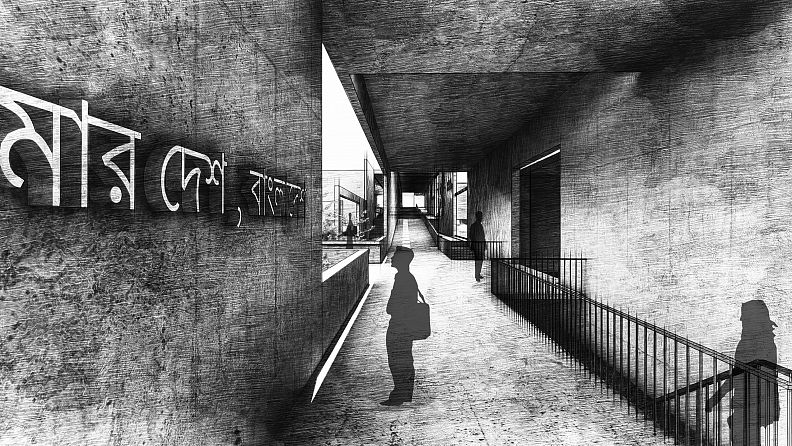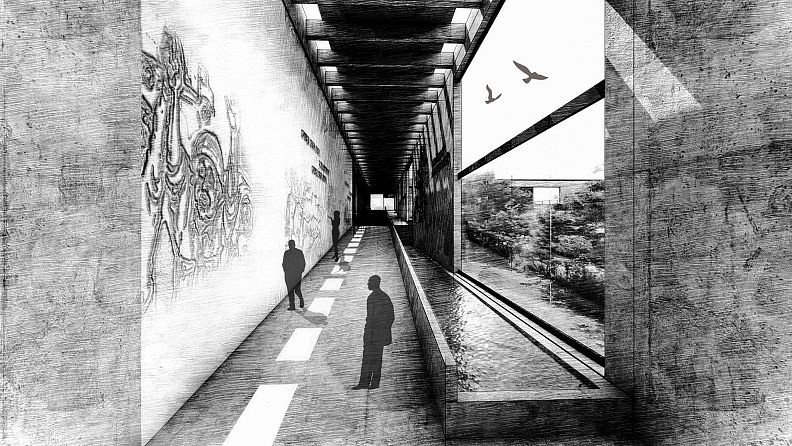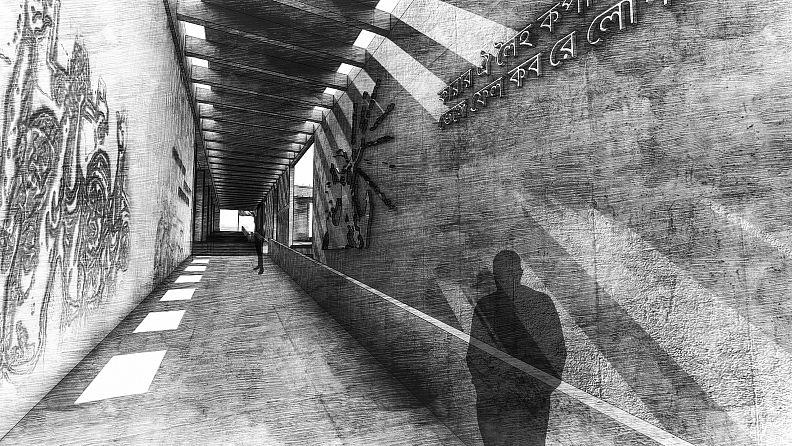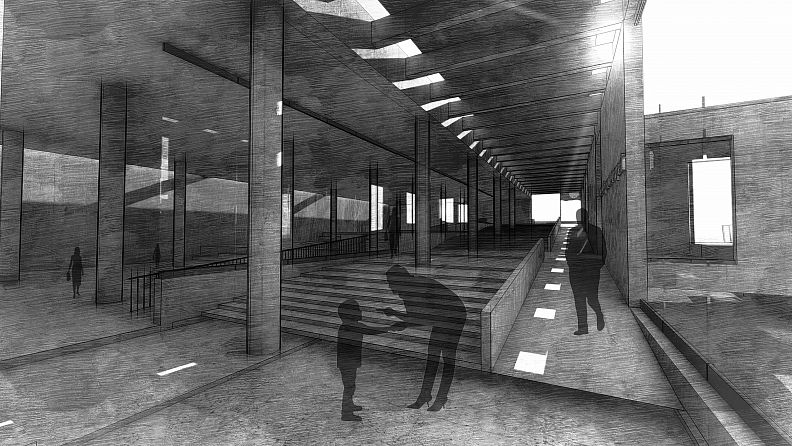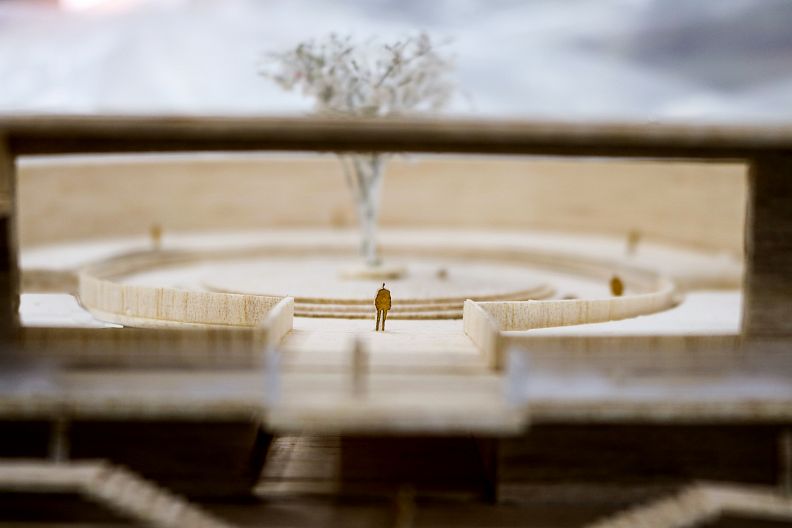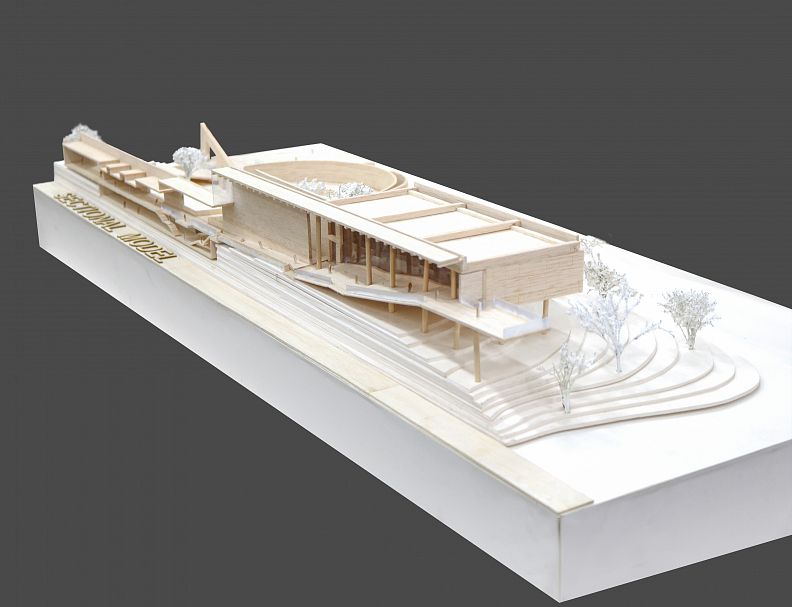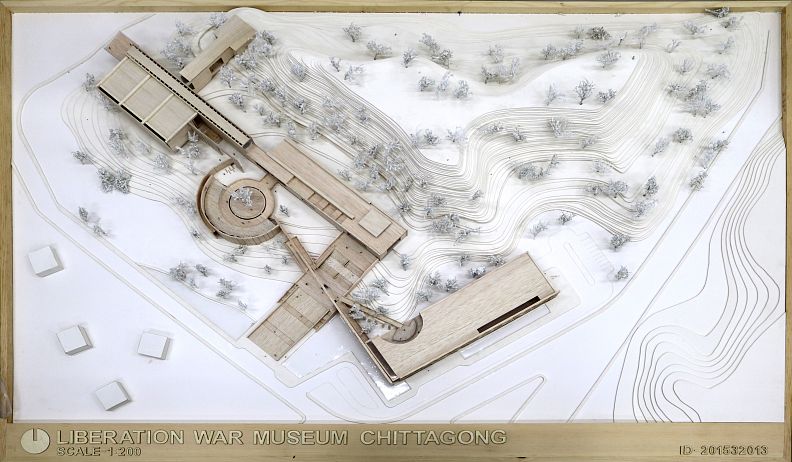LIBERATION WAR MUSEUM

Project idea
A long war of 9 months, gave birth to Bangladesh. This achievement did not happen in a day. The Great Divide of ’47, the Language Movement of ’52, Elections of ’58, Mass Uprising of ’69, the 70’s Election, Bangabandhu’s 6 Point Demand, Agartala Conspiracy and finally, the Speech of 7th March 1971, all crowned on 16 December 1971, the day of our independence. The main idea of this project was to make people understand the contributions and sacrifices that the people performed throughout the war. The proposed site is in Chittagong, Batali hill. Being a historic site throughout the Liberation War of 1971 does not have a Liberation War Museum of a large significance as opposed to Dhaka. The project aims to honor the inhumanity of the holocaust that took place during the nine months of liberation war through which we have earned our glorious victory. An approach to deliver about genocide, mass grave, mass killing ground, and also to get the overall picture of this brutal massacre.
Project description
This project proposal was given by Chittagong City Corporation, the site stood on the highest hill of the city which is popularly known as Batali Hill. This monument will host gatherings that will educate the society and reflect upon the difficulties and heroism of the Bangladesh Liberation war. The site is located in the historic Batali Hill which is the highest hill in the city. It is located near Tiger Pass Crossing, about 1 km from the center of the city. Surroundings The site is surrounded by the CRB Pahar on the East, slums on the West, Batali Hill Top, and Jilapi Pahar on the North and the Tiger Pass Roundabout and Navy Institute on the South. Because of its highly accessible location, a lot of people are expected to visit the museum. The Site Area is 15 Acres. The main program was Museum, Storage, Library, Archive, Restaurants, Multipurpose hall, Seminar Hall, Administrative office. The concept for this Liberation War Museum was to take its visitors to a journey through history towards freedom. Throughout history, the journey has always been dark while the achievements have been bright. The initial pathway was a straight path going towards the hill. In the second phase, the pathway was placed on the site with respect to the existing contour lines. This helped to get along the pathway which was desirable for the journey towards freedom.
The museum masses were placed around the pathway. Initially, the blocks were placed on the surface of the contours. In the later phase, the masses were partially above the surface and the rest inside the hill. The final point became a square platform, from where all the path has been crossing from now on, let us see it all at once. Another consideration was to build an environment separate from the outside and one of the walls designed by the name of the honorable martyrs.
Technical information
Chittagong is the Port City of Bangladesh which lies at 22°22′0″N 91°48′0″E and it straddles the coastal foothills of the Chittagong Hill Tracts in south-eastern Bangladesh. The climate is tropical in Chittagong which has significant rainfall most months, with a short dry season. Because of the hilly site, landslides measurements were taken into consideration. The project is placed with the position that could harm the hill as much as less it could. The structure was a composite structure. The opening was created through the hill view and blocked the urban view so that people get totally free from the outside world and could feel the essence of the museum. structure plays a vital role in museums to enhance the brutality. The main construction material is concrete, from which are built all the structures within all the facades.
